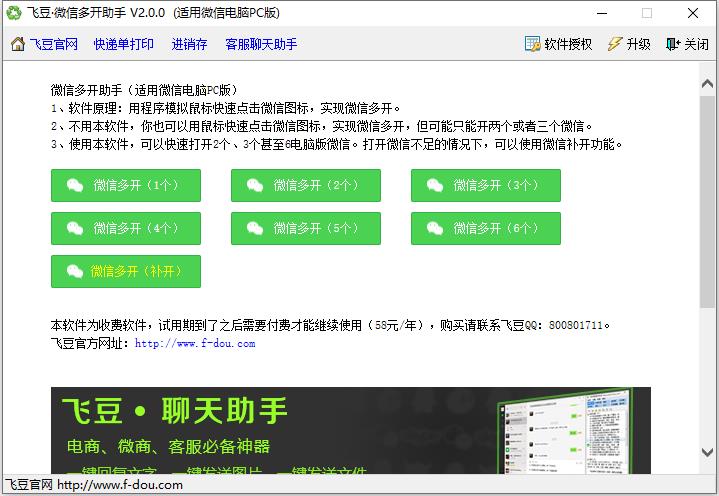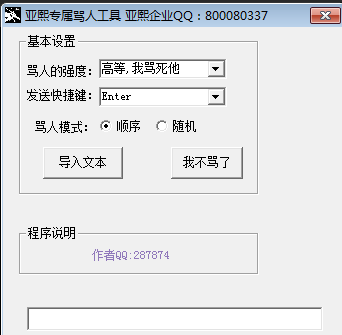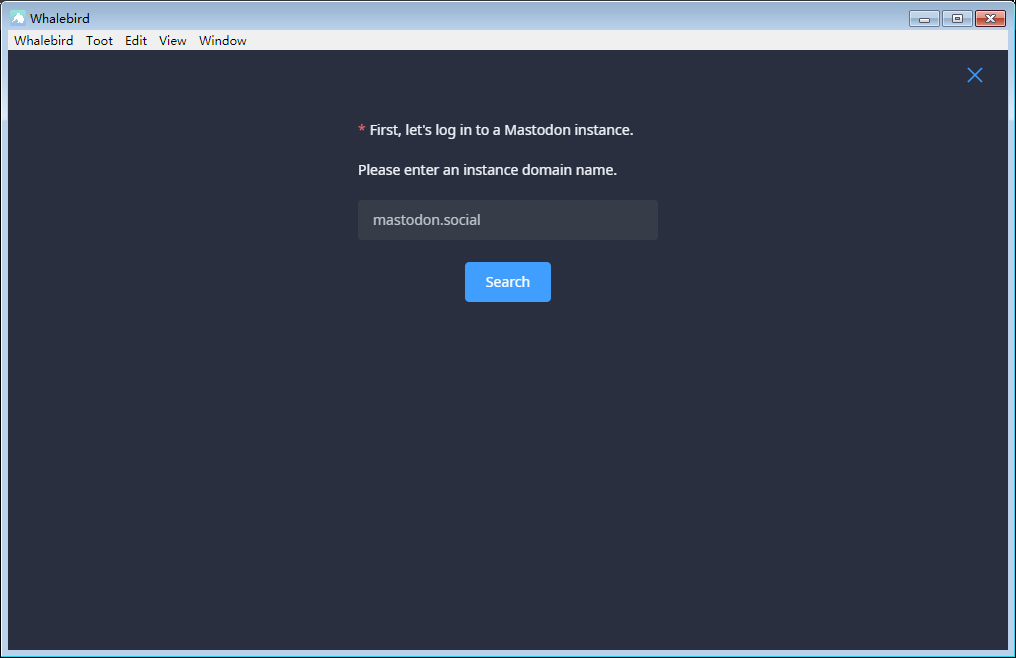Python全栈介绍MySQL 数据库
时间:2020-12-17 10:39
mysql教程栏目Python全栈讲解数据库 推荐(免费):mysql教程 主要三个方面: 1.Linux终端命令 2.MySQL语句 3.Python调用 终端命令: vi 文本编辑器 cat /etc/password | grep “用户名” 获取user表 sudo -i 获取root权限 sudo apt-get install python3-pip 安装pip3 sudo pip3 install pymysql 安装mysql sudo apt-get install mysql-server 安装服务端 sudo apt-get install mysql-client 安装客户端 sudo apt-get update 读取列表 保存到 /var/lib/apt/lists sudo apt-get upgrade 对比下载列表并更新 sudo /etc/init.d/mysql status 查询状态 sudo /etc/init.d/mysql stop 停止服务 sudo /etc/init.d/mysql restart 重启服务 sudo /etc/init.d/mysql reload 重新加载 mysql -h主机地址 -u用户名 -p密码 链接mysql 修改mysql默认字符集: sudo -i 1.获取root chmod 644 文件名 2.修改文件权限 cd etc/mysql/mysql.conf.d 3.进入配置文目录 cp etc/msql.cnf/mysqld.cnf.bak 4.备份 subl mysqld.cnf 5.vi打开源文件 [mysqld] 目录 character_set_server = utf8 6.添加命令 /etc/init.d/mysql mysqldump -u用户 -p源库名 > ~/xxx.sql 数据备份: 参数: –all-databases 1.备份所有库 库名 2.备份单个库 -B 库1 库2.. 3.备份多个库 库名 表1 表2… 4.备份指定库指定表 数据恢复: mysql -uroot -p < 目标库名 xxx.sql 1. 恢复备份库 mysql -uroot -p –one-database 目标库名 < xxx.sql 2. 恢复备份内某一个库 恢复:表不删除 表记录删除覆盖 MySQL远程连接: sudo -i 1.管理员模式 cd /etc/mysql/mysql.conf.d/ 2.cd到mysql目录 vi mysqld.cnf 3.打开注释掉默认IP #bind-address = 127.0.0.1 4.保存 /etc/init.d/mysql restart 5.重启服务 授权用户: grant 授权列表 on 库.表 to “用户名“@”%”identified by “密码” with grant option 1.命令格式 示例:grant all privileges on *.* to “tiger”@”%” identified by “123” with grant option; 2.示例 all privileges、select、insert … 4.库.表: *.* 所有库所有表 3.权限列表 python3模块安装: 模块名 :pymysql 在线 :sudo pip3 install pymysql 离线 :pymysql-0.7.11.tar.gz $ tar -zxvf pymyql-0.7.11.tar.gz $ cd pymysql-0.7.11 $ sudo python3 setup.py install 验证: $ python3 >>> import pymysql >>> python2模块安装: 模块名 :MySQLdb 安装 :sudo pip install mysql-python sqlalchemy 框架 安装: 在线 :sudo pip3 install sqlalchemy 离线 : $ tar -zxvf SQLAlchemy-1.2.10.tar.gz $ cd SQLAlchemy-1.2.10 $ sudo python3 setup.py install 验证: $ python3 >>> import sqlalchemy >>> pymysql使用: from pymsql import * 导入模块 (db = pymysql.connect(…)) 1、建立数据库连接 c = db.cursor()) 2、创建游标对象 c.execute(“insert ….”) 3、游标方法: db.commit() 4、提交到数据库 c.close() 5、关闭游标对象 db.close() 6、断开数据库连接 : 7.connect对象: db = pymysql.connect(参数列表) 1、host :主机地址,本地 localhost 2、port :端口号,默认3306 3、user :用户名 4、password :密码 5、database :库 6、charset :编码方式,推荐使用 utf8 8.连接对象的方法: 数据库连接对象(db)的方法 1、db.close() 关闭连接 2、db.commit() 提交到数据库执行 3、db.rollback() 回滚 4、cur = db.cursor() 返回游标对象,用于执行具体SQL命令 9.游标对象的方法: 游标对象(cur)的方法 1、cur.execute(sql命令,[列表]) 执行SQL命令 2、cur.close() 关闭游标对象 3、cur.fetchone() 获取查询结果集的第一条数据 ((记录1),) 4、cur.fetchmany(n) 获取n条 ((记录1),(记录2)) 5、cur.fetchall() 获取所有记录 ORM:orm(Object Relation Mapping 对象关系映射) 定义:把对象模型映射到MySQL数据库中 SQL命令: /var/lib/mysql MySQL数据目录 show variables like “autocommit”; 查询commit事务 begin; 开启事务 commit; 提交事务(MySQL默认自动提交) rollback; 终止事务 system sudo -i 由数据直接进入终端 show databases; 查看已有库 create database 库名; 创建库 create database 库名 charcater set utf8; 指定字符集 show create database 库名; 查看库字符集 select database(); 查看当前所在库 use 库名; 切换库 drop database 库名; 删除库 show tables; 查看已有表 create table 表名(字段名1 数据类型,….); 创建表 show create table 表名; 查看表字符集 desc 表名; 查看表结构 drop table 表名; 删除表 insert into 表名 values(值1),(值2)…; 插入完整记录 insert into 表名 (字段名1,…) values(值1),…; 插入字段数据 select * from 表名 [where 条件]; 查询所有字段 select 字段名1,字段名2,…from 表名[where 条件]; 查看字段 alter table 表名 add 字段名 数据类型; 添加字段 alter table 表名 add 字段名 数据类型 first; 头插) alter table 表名 add 字段名 数据类型 after 字段名; 指定插入) alter table 表名 drop 字段名; 删除字段 alter table 表名 modify 字段名 新数据类型; 修改数据类型 alter table 表名 rename 表名; 表重命名 delete from 表名 where 条件; 删除表记录(必须加where) update 表名 set 字段1=值1,字段名2=值2,… where 条件 更改表记录(必须加where) alter table 表名 change 原名 新名 数据类型; 字段重命名 create table 表名 select .. from 表名 where 条件; 复制表(不复制key) create table 表名 select * from 表名 where false; 复制表结构(不复制key) sex enum(“M”,”F”,”S”) not null defaulf “S” 约束 show variables like 变量名; 查询MySQL变量 select 字段名列表 from 表名列表; (笛卡尔积) select t1.name,t2.name from t1,t2 where 条件 多表查询 create index 索引名 on 表名(字段名); 添加普通索引 create table(….index(字段名),…) 创建表时创建普通索引 drop index 索引名 on 表名; 删除普通索引 show index from 表名; 查看普通索引 create unique index 索引名 on表名(字段名); 添加唯一索引 create table 表名( …. , unique key (字段名) ); 创建表时创建唯一索引 drop unique index 索引名 on 表名; 删除唯一索引 show unique index from 表名; 查看唯一索引 alter table 表名 add primary key(字段名); 添加主键索引 create table 表名( …. , id int, primary key (字段名) ); 创建表时创主键一索引 (id int primary key auto_increment,)auto_increment=10000; 设置自增长起始值 alter table 表名 modify id int auto_increment; 添加自增长 alter table 表名 auto_increment=20000; 修改自增长起始值 alter table 表名 modify id int; 删除自增长 alter table 表名 drop primary key; 删除主键索引 show index from 表名G; 查看表索引 desc 表名; 查看表结构(key) Non_Unique:1 :index 普通索引(查询结果) Non_Unique:0 :unique 唯一索引(查询结果) alter table 表名 drop foreign key 外键名; 删除外键 show create table 表名; 查看外键名 创建外键: create……t1(); create table t2( … foreign key(参考字段名) references 主表(被参考字段名) on delete 级联动作 on update 级联动作); 添加外键: alter table 表名 add foreign key(参考字段) references 主表(被参考字段) on delete … on update … 级联动作: restrict(默认)不允许主表操作从表 cascade :跟随删除、更新 set null:主表更改后从表值为NULL 内链接: select 字段名 from表1 inner join 表2 on 条件 inner join 表3 on 条件…; 外链接.左链接: 以左表为主显示查询结果 select 字段名 from 表1 left join 表2 on 条件 left join 表3 on 条件…; 右链接 以右表为主显示查询结果 数据导入: load data infile “文件名” into table 表名 fields terminated by “分隔符” lines terminated by “n”; 数据导出: select … from 表名 into outfile “/var/lib/mysql-files/文件名” fields terminated by “分隔符” lines terminated by “n”; 数据恢复: 恢复单个库 mysql -uroot -p < 目标库名 xxx.sql 从所有库备份中恢复某一个库(-one-database) mysql -uroot -p –one-database 目标库名 < xxx.sql 恢复:表不删除 表记录删除覆盖 数据备份: mysqldump -u用户 -p源库名 > ~/xxx.sql –all-databases 备份所有库 库名 备份单个库 -B 库1 库2.. 备份多个库 库名 表1 表2… 备份指定库指定表 运行时间检测: 开启:set profiling=1; 关闭:set profiling=0; 查询执行记录:show profilings; SQL查询: 3.select … 聚合函数 from 表名 1.where 2.group by… 4.having … 5.order by … 6.limit …; 查询嵌套: select … from 表名 where 条件(select ….); 2、找出每个国家攻击力最高的英雄的名字和攻击值 select name,gongji from sanguo where (country,gongji) in (select country,max(gongji) from sanguo group by country); where:只能操作表中实际存在的字段 group by:给查询结果进行分组 having:对查询结果进一步筛选 distinct:不显示字段重复值 show engines; 查看所有存储引擎 show create table 表名; 查看表的存储引擎 create table 表名(…)engine=myisam; 创建表时指定存储引擎 alter table 表名 engine=innodb; 添加储存引擎 InnoDB: InnoDB特点(2文件): 行级锁、支持外键、事务操作 .frm(表结构,索引)、.ibd(表记录) MyISAM: MyISAM特点(3文件): 独享表空间、表级锁 .frm(结构)、.myd(记录)、.myi(索引) 锁: select :加读锁之后别人不能更改表记录,但可以进行查询 insert、delete、update :加写锁之后别人不能查、不能改 锁粒度: 表级锁 :myisam 行级锁 :innodb 调优: 1.选择合适的存储引擎 2.常用字段建立索引 3.where 避免使用 !=、NULL判断、or链接、 like前置%、in、not in、*代替字段、 数据类型: 数据类型: int 大整型(4个字节) 2**32 – 1(4294967295) tinyint 微小整型(一个字节) 有符号(signed默认):-128 ~ 127 无符号(unsigned):0 ~ 255 smallint 小整型(2字节) bigint 极大整型(8字节) float 浮点数(4个字节,7个有效位) 字段名 float(m,n) m:总位数 n:小数位数 decimal 浮点数(28个有效位) 字段名 decimal(m,n)m:总位数 n:小数位数 将9的倍数包装成4个字节 余数 字节 0 0 1-2 1 3-4 2 5-6 3 7-9 4 字段名 enum(值1,值2…); 单选(enum) 字段名 set(值1,值2…); 多选(set) (多项放在一个字符串内用,号隔开) date:“YYYY-MM-DD” time:“HH:MM:SS” datetime:“YYYY-MM-DD HH:MM:SS” timestamp:“YYYY-MM-DD HH:MM:SS” datetime:不给值默认返回Null timestamp:不给值默认返回系统时间 时间函数 now() 返回服务器当前的时间 curdate() 返回当前时期 curtime() 返回当前日期 year(date) 返回指定时间的年份 date(date) 返回指定时间的日期 time(date) 返回指定时间的时间 聚合函数 avg(字段名):求该字段的平均值 sum(字段名):求和 max(字段名):最大值 min(字段名):最小值 count(字段名):统计该字段的个数 运算符:+ – * / % 时间运算符 select * from 表名 where 字段名 运算符(时间-interval 时间间隔单位); 时间间隔单位:1 day | 2hour | 1 minute | 2year | month 数值比较: = != > >= < <= 字符比较: = != 逻辑比较: and or 范围内比较: 1.where 字段名 between 值1 and 值2 2.where 字段名 in(值1,值2,….) 3.where 字段名 not in (值1,值2,…) 空:where name is null 非空:where name is not null NILL:空值,只能用is或is not取匹配 “” : 空字符串,用 = 或 != 去匹配 模糊比较: where 字段名 like 表达式 表达式 _ : 匹配单个字符 %:匹配0到多个字符 NULL不会被统计 排序:order by ASC | DESC 显示: limit 开始显示位置,条数 每页显示n条记录,显示第m页: limit(m-1)*n,n MySQL 与 Python 交互 数据库用户登录 ORM sqlalchemy框架 以上就是Python全栈介绍MySQL 数据库的详细内容,更多请关注gxlsystem.com其它相关文章!
# mysqlpython.py
# 导入mysql模块
from pymysql import *
class MysqlPython:
def __init__(self, database, # 库
host="127.0.0.1", # ip地址
user="root", # 用户名
password="123456", # 密码
port=3306, # 端口
charset="utf8"): # 字符集
self.host = host
self.database = database
self.user = user
self.password = password
self.port = port
self.charset = charset
def open(self): # 创建数据库链接函数
self.db = connect(host=self.host,
database=self.database,
user=self.user,
password=self.password,
port=self.port,
charset=self.charset)
self.cur = self.db.cursor() # 创建游标对象
def close(self): # 创建断开数据库链接 关闭游标函数
self.cur.close()
self.db.close()
def zhixing(self, sql, L=[]): # 创建pymysql.execute() 方法函数
try:
self.open() # 链接数据库
self.cur.execute(sql, L) # 参数化执行SQL命令
self.db.commit() # 提交数据
print("ok")
except Exception as e:
self.db.rollback() # 出错取消提交
print("Failed", e)
self.close() # 断开数据库链接 关闭游标
def all(self, sql, L=[]):
try:
self.open()
self.cur.execute(sql, L)
result = self.cur.fetchall()
return result
except Exception as e:
print("Failed", e)
self.close()from mysqlpython import Mysqlpython
from hashlib import sha1
uname = input("请输入用户名:")
pwd = input("请输入密码:")
# 用sha1给pwd加密
s1 = sha1() # 创建sha1加密对象
s1.update(pwd.encode("utf8")) # 指定编码
pwd2 = s1.hexdigest() # 返回16进制加密结果
sqlh = Mysqlpython("db4")
select = "select password from user where
username=%s;"
result = sqlh.all(select, [uname])
# print(result)
# (('7c4a8d09ca3762af61e59520943dc26494f8941b',),)
if len(result) == 0:
print("用户名不存在")
elif result[0][0] == pwd2:
print("登录成功")
else:
print("密码错误")# 创建一张表 # 连接数据库的模块 from
sqlalchemy import create_engine fromsqlalchemy.ext.declarative
import declarative_base from sqlalchemy import Column, Integer
,String engine = create_engine("mysql+pymysql://root:123456@localhost/db4",
encoding="utf8") Base = declarative_base() # orm基类 class User(Base):
# 继承Base基类 __tablename__ = "t123" id =Column(Integer, primary_key=True)
name = Column(String(20)) address = Column(String(40))Base.metadata.create_all
(engine)



























